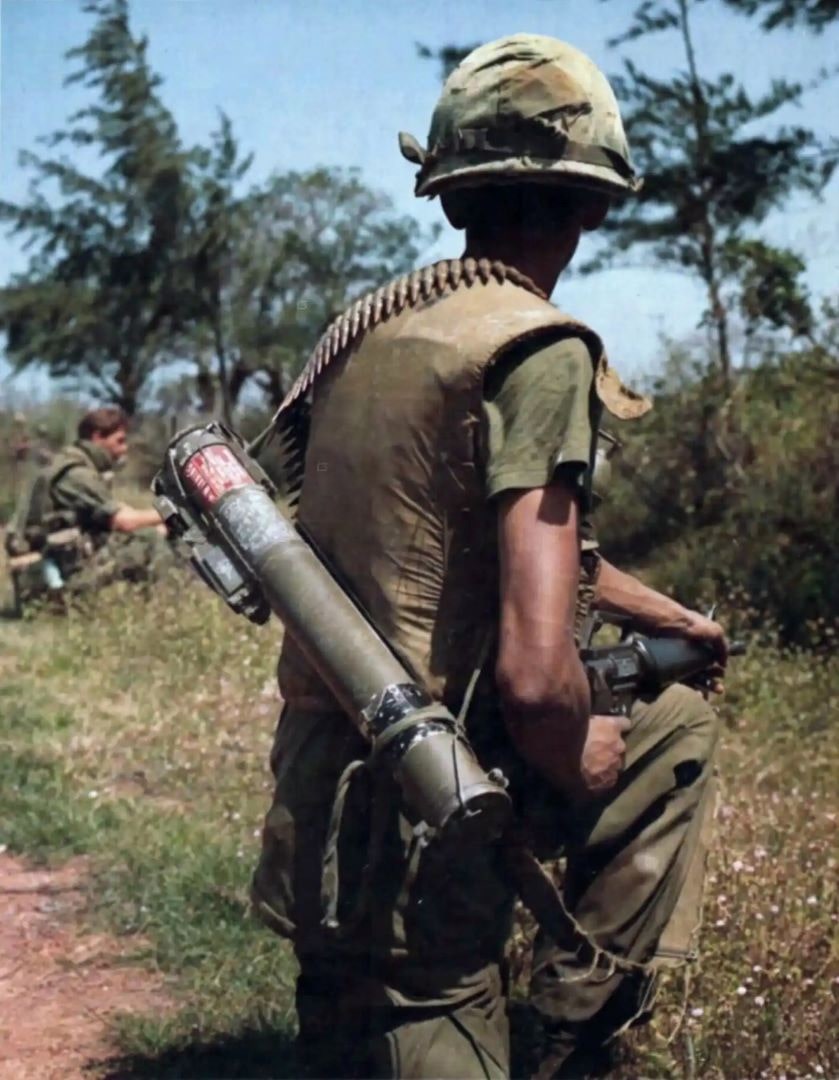RADIOMEN AND BATTLEFIELD COMMUNICATIONS - END OF VIETNAM WAR 50TH ANNIVERSARY COMMEMORATION #VietnamWar
One of the most enduring images of the Vietnam War is that of the radioman on patrol, his back-mounted radio providing vital communications in the Vietnamese jungle. @USArmy
One of the most enduring images of the Vietnam War is that of the radioman on patrol, his back-mounted radio providing vital communications in the Vietnamese jungle. @USArmy

During the Vietnam War, the back-mounted AN/PRC-25 “Prick 25” (succeeded by the AN/PRC-77) was an essential piece of battlefield tactical communications equipment. With a range of 3–5 miles, the PRC-25 allowed units to communicate with each other and with rear elements. @TRADOC
The role of combat radioman was one of the riskiest in Vietnam. Its 10-foot antenna made radiomen prime targets, and the role famously (if perhaps doubtful) earned a reputation for having an average firefight survival time of just 5 seconds.
#Armyhistory #USArmy #TRADOC

#Armyhistory #USArmy #TRADOC


Adding to the challenges faced by radiomen was the weight of their equipment, often topping 50 pounds of additional weight. This included the radio itself, several batteries, and NESTOR (a voice encryption device), which together could hamper speed and mobility.
#PRC25 #PRC77
#PRC25 #PRC77

Despite the risks, the radioman’s communications capabilities made him indispensable on the Vietnam battlefield.
Share your memories of Vietnam War radio communications in the comments!
#VietnamWarHistory #VietnamVeterans #MilitaryHistory #Radiomen #USArmysignalcorps
Share your memories of Vietnam War radio communications in the comments!
#VietnamWarHistory #VietnamVeterans #MilitaryHistory #Radiomen #USArmysignalcorps

• • •
Missing some Tweet in this thread? You can try to
force a refresh

 Read on Twitter
Read on Twitter
















